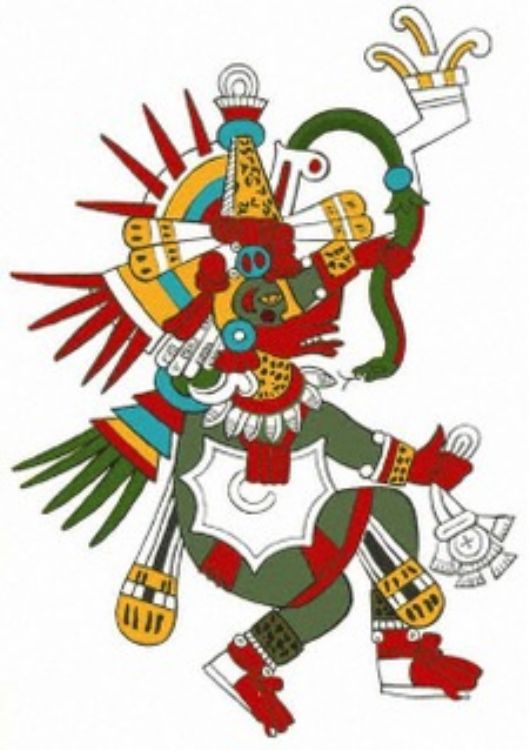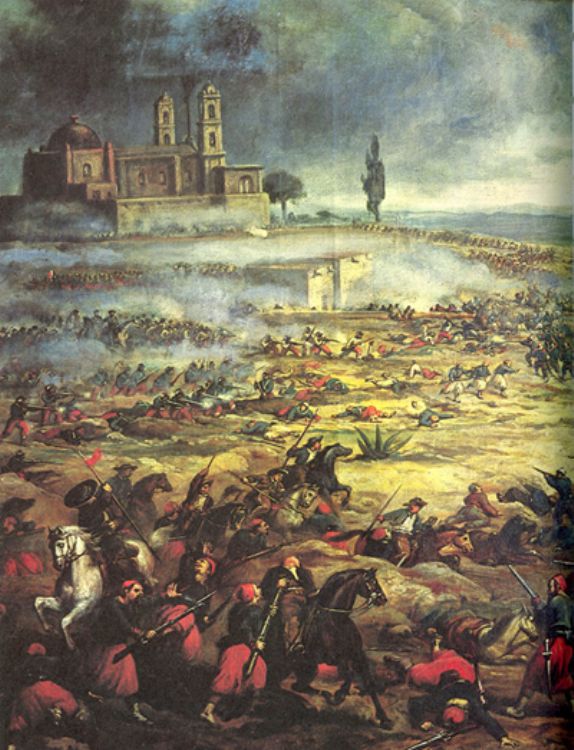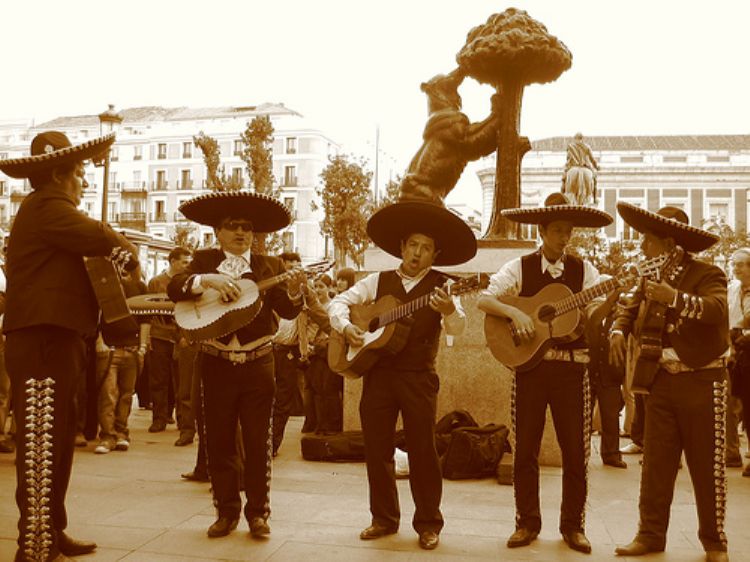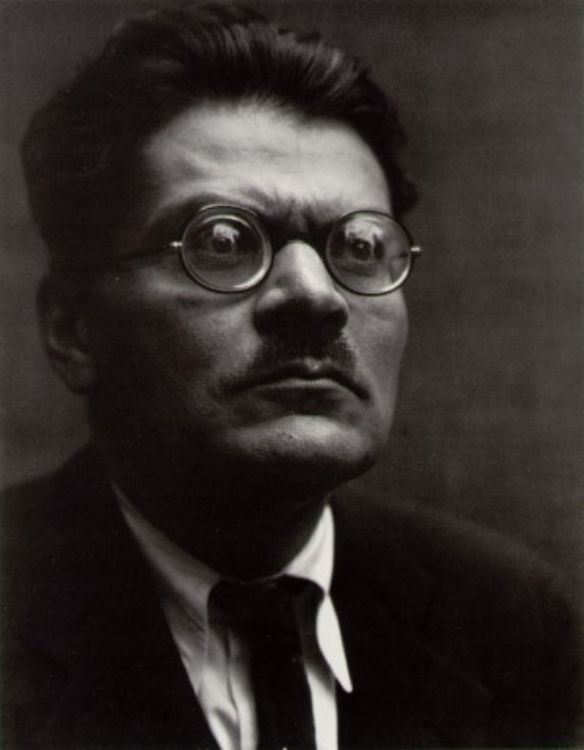The Haciendas in Campeche Mexico
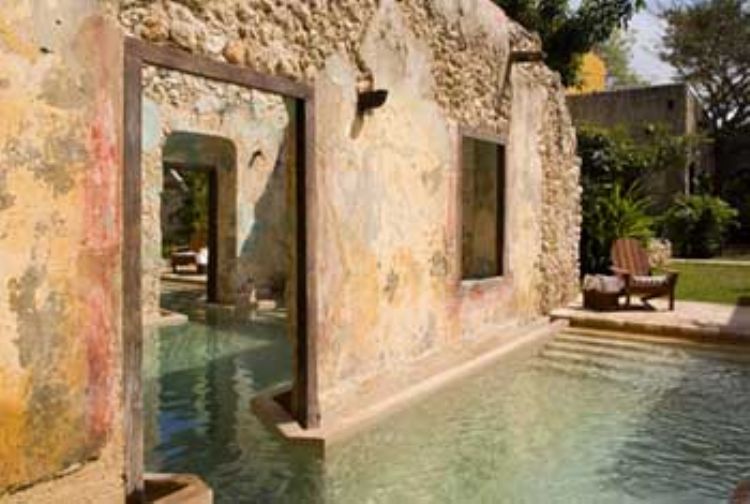
The name of Campeche derives from the Maya word Ah-Kim-Pech, meaning âplace of fierce ticksâ or âplace of snakes and ticksâ. The Maya culture developed Campeche from the year 300 to 900 A.D. Campeche was inhabited by different Maya groups; seventeen of these groups still live in the region. The regionâs capital was called Can Pech and was conquered in 1517 by the Spaniard Francisco Hernández Córdoba, who named it San Lázaro. In 1540, Francisco de Montejo renamed it Villa de Francisco de Campeche.
Campeche shows an exemplary complexity in the style combinations that formed Mexico. The colonial architecture in religious and military constructions, surrounded by Maya developments, earned it in 1999 the recognition by UNESCO as world heritage.
Hacienda is a word which means wealth. This is how the important properties of Spanish colonies were named. The industries by which the haciendas developed depended on local production. Currently, many haciendas have been turned into hotels and museums, preserving their Mexican esthetics and tranquility. These hotel-museum haciendas are ideal for learning about the history of colonial Mexico.
The first haciendas in the state of Campeche began shortly after the Spanish conquest. With the goal of increasing their territorial extension for their animals and crops, the Spaniards overtook Indian communities by force. The reasons for starting to cultivate corn were the growth of Merida and Campeche cities, and the increase in price of food due to frequent crop losses. During the crisis of scarce production, the grains were sold at very high prices. At the end of the XVII century, almost all livestock haciendas were also producing corn.
In Campeche, since the end of the XVIII century, haciendas began to produce sugar cane, used to make liquor and rice crops; its surplus was sent to Havana, Cuba.
Hacienda Uayamón
Uayamón is a Maya word meaning âplace where the spirit descendsâ. Its construction still preserves its Maya roots. Located in the municipality of Campeche, this hacienda dates from the XVI century, when it was used for livestock breeding. During the XIX century, it was one of the most prosperous in Campeche for its livestock, corn, logwood trees and henequen. Fernando Carvajal, one of its owners, was a great businessman who, worried for his workersâ wellbeing, provided the hacienda with various technological and social advances, such as electricity, railroads, health services and schools. It was ransacked by pirates on many occasions, the most famous attack happened in 1685. In 1911 it was occupied and destroyed by rebels, starting its decline. Currently, this site has been turned into a grand tourism hotel 27 kilometers from the city of Campeche.
Hacienda Blanca Flor
Located in the municipality of Hecelchakan, this hacienda was constructed in the XVII century by members of the Franciscan order from Spain. It was one of the scenarios for the War of the Castes between Spanish and Mayas in the year 1843; it also served as a resting area for Empress Carlota in the year 1865; also, it was the last bastion of the Government of Yucatan during the battles against the forces of Carranza in 1917. After these epic battles, its walls still hold some bullets. Currently, only the remains of the main house and church are standing, which have been restored and serve as a great hotel.
Hacienda Santa Cruz
This hacienda is located in the municipality of Calkini, to the west of Nunkiní. This was a henequen hacienda constructed in 1866. It still preserves some of its ancient beauty in its vast central patio, chapel and garden.
Hacienda San Luis Carpizo
Located within the municipality of Champoton, it was a very important hacienda for the region due to its fertile land and great agricultural production. This site received the slaves of great foremen. Currently, it still preserves the architectural traits of its construction, as well as the splendor of its main house and chapel. A terrible column also survives, witness to the lashings given to the workers.
Hacienda Puerta Campeche
This hacienda was constructed as Guard House, its first mention dates from 1779, on a military engineering plan. Of colonial baroque architecture, its great location in front of Puerta de Tierra granted it many uses through history; it served as storehouse and store for imports, soap factory, henequen exporter and guest house. It has been recognized by UNESCO as world heritage. In the year 2000 it was purchased and renovated by Grupo Plan to establish a luxury hotel, located within the Historic Center of Campeche City.
Hacienda Tankuche
Located in the municipality of Calkini, to the northeast of Nunkiní, this hacienda was constructed in a French style, simulating a medieval fortress. Currently it is almost completely in ruins but during its era of splendor it was an important henequen producer.
Artículo Producido por el Equipo Editorial Explorando México.
Copyright Explorando México, Todos los Derechos Reservados.

